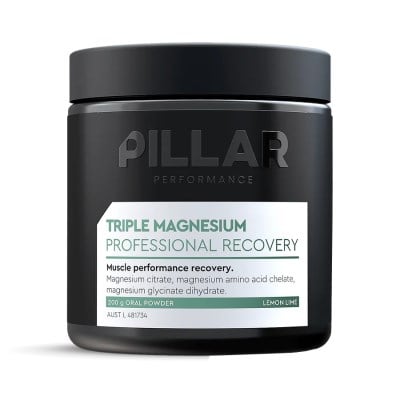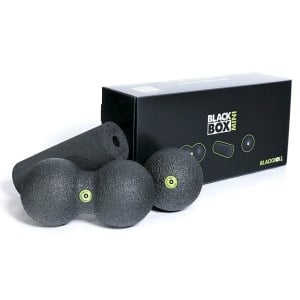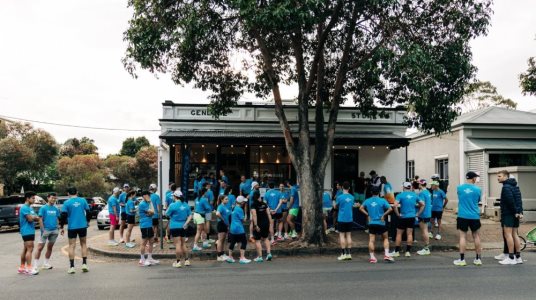Crossed the Finishing Line, Now What?
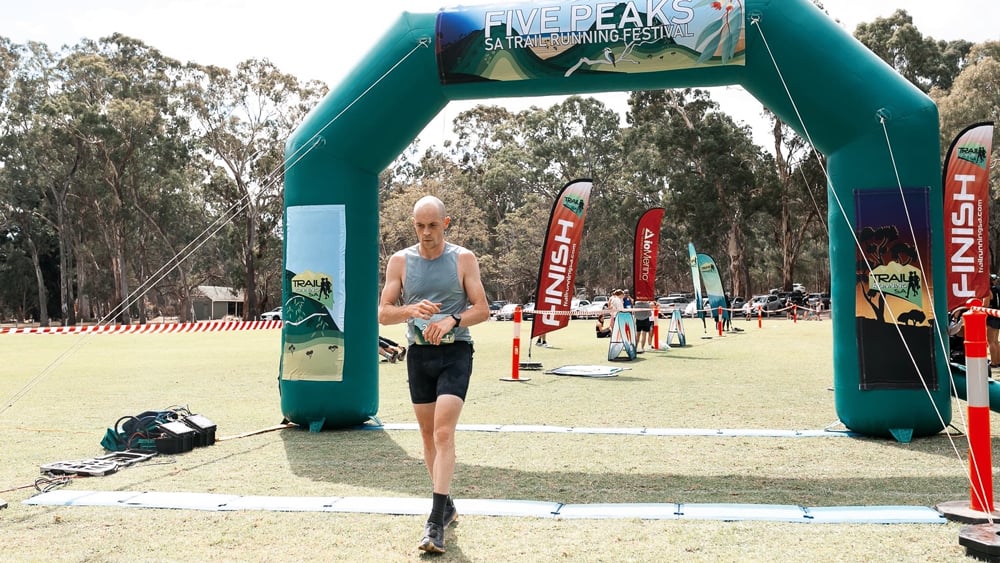
Finishing a road race can take a toll and how you recover afterwards can shape how you feel in the days ahead! Whether you hit a personal best or just focused on getting through, your body’s been through a lot and giving it the right support post-race is key. This time is a chance to rehydrate, refuel, rest and reflect. It’s also a good opportunity to think about what comes next, whether that’s aiming for a faster time, trying a new distance, or simply enjoying a well earned break. In this blog, we’ll cover practical ways to recover well, manage post-race soreness and plan your next move.
Refuel and rehydrate post race
The moment you cross the finish line, your recovery process should begin. Once you’ve caught your breath and enjoyed some post race endorphins, it’s useful to cool down gradually by either an easy jog or even a walk for 5-10 minutes. This gentle movement helps to slowly bring your heart rate down and flushes out your legs. The benefit of doing this means you will hopefully wake up tomorrow feeling a little better and less sore!
Hydration is another critical piece of post-race recovery. During the race, you would’ve likely lost a lot of fluids and electrolytes through sweat, so replenishing these can be useful in avoiding dehydration and muscle cramps. Sipping water or an electrolyte-rich drink shortly after finishing helps restore your body’s fluid balance and supports muscle function. Some of the products we suggest for this are from Sodii and SiS.
-
 Sodii Everyday Hydration Salts Drink Mix - 6 Sachets Sample Pack
Sodii Everyday Hydration Salts Drink Mix - 6 Sachets Sample Pack -
 SIS Go Hydro Electrolyte Tablets - 20 Tablets - Berry
SIS Go Hydro Electrolyte Tablets - 20 Tablets - Berry
Alongside hydration, refueling with the right nutrients is essential. Within the first 30 to 60 minutes post-race, try to eat a snack that combines carbohydrates and protein. The carbohydrates will help replenish your depleted glycogen stores, which fuel your muscles, while protein aids in repairing muscle fibers that broke down during the race. I find it difficult sometimes to get food down soon after the race so even something simple, like a chocolate milk, can be a great option to kickstart that recovery process until you feel like eating!
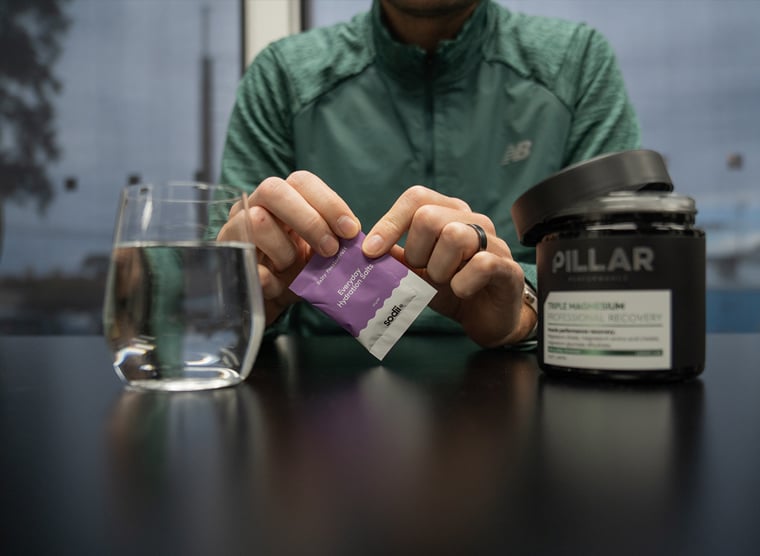
Prioritise sleep and take naps
Sleep is one of the most important and often underrated aspects of recovery after a race. Once you’ve taken care of your immediate post-race needs, prioritising quality rest becomes essential. During sleep, especially deep sleep stages, your body undergoes critical processes like muscle regeneration and inflammation reduction. This restorative period replenishes your energy stores and helps repair the microtears in your muscles caused by the race. Getting enough uninterrupted sleep in the days following the event will leave you feeling stronger, more refreshed and better prepared to ease back into training. If you struggle getting to sleep, give the PILLAR Triple Magnesium a try before bed, we've found it really can make a real difference!
-
 PILLAR Triple Magnesium Professional Recovery Powder - Natural Berry - 200g
PILLAR Triple Magnesium Professional Recovery Powder - Natural Berry - 200g -
 PILLAR Triple Magnesium Professional Recovery Powder - Lemon Lime - 200g
PILLAR Triple Magnesium Professional Recovery Powder - Lemon Lime - 200g
In addition to a good night’s sleep, napping can be a powerful tool for recovery. Especially after a morning race, taking an afternoon nap can provide your body with an extra boost of rest and repair time. I’ve found those short naps, around 20 to 30 minutes, give me a quick recharge without affecting my nighttime sleep. If you find yourself feeling particularly tired or sore, don’t hesitate to give yourself permission to rest during the day, your body will thank you!
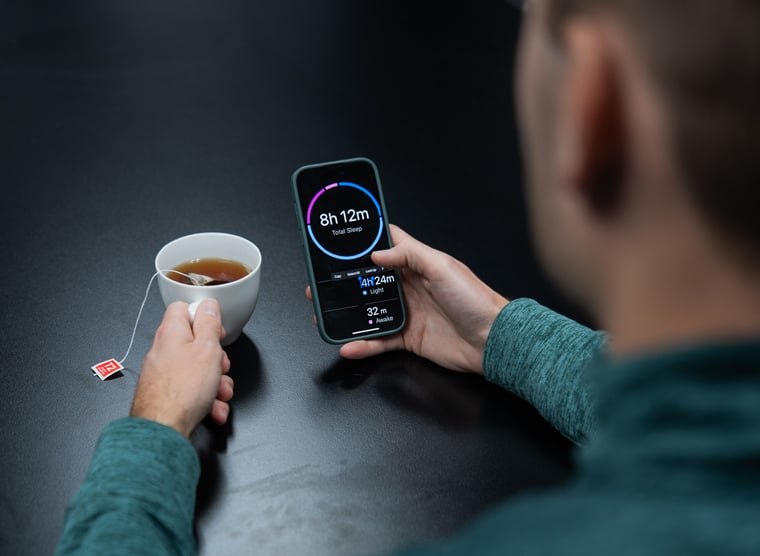
Deload week or take a short break from running
After a race, deciding how much time to take off from running can vary widely depending on your goals, experience and the race distance you’ve just completed. Recovery isn’t one size fits all and it’s important to listen to both your body and mind.
If you’ve just finished a marathon, it’s perfectly normal and actually beneficial to take a more extended break from running. A marathon is a massive physical and mental effort, often leaving you feeling quite sore and fatigued. This is your chance to relax, celebrate your accomplishment and truly enjoy all the hard work and training that led up to race day. Taking one to two weeks completely off running is not only good for a mental refresh, but also gives your body valuable time to adapt and recover from the training load it’s been exposed to.
On the other hand, if you’ve raced a shorter distance like a 5K or 10K, your recovery needs might be different. These shorter events are typically less taxing on your body compared to a marathon, you might only need a few days off before you feel ready to start running again. The key is tuning into how your body feels, some runners bounce back quickly, while others might benefit from a bit more downtime.
Ultimately, your deload or rest period should reflect your individual needs, goals and running background. Giving yourself permission to take that time off, whether it’s a few days or a couple of weeks, is a crucial part of recovering well and coming back stronger.
Manage the inevitable soreness
Muscle soreness after a race is expected, especially with longer distances like a half marathon or marathon. This soreness, known as Delayed Onset Muscle Soreness (DOMS), typically peaks 24 to 48 hours after the race and feels like stiffness or tenderness in the muscles. While some soreness is completely normal, it’s important to distinguish it from pain caused by injury.
If your soreness is symmetrical and improves with gentle movement, it’s most likely normal DOMS. However, if you experience asymmetrical sharp pain, swelling, limping, or if soreness doesn’t improve after a few days, it may be worth seeking an opinion from a medical professional.
It is worth noting that managing soreness after a race looks different for everyone, but there are a few popular strategies many runners turn to for relief. Some swear by ice baths or contrast plunges (alternating hot and cold water) to help reduce inflammation and boost circulation. Others prefer compression boots or foam rollers to promote recovery through gentle pressure. Even a light walk, some laps in the pool or an easy spin on the bike, known as active recovery, can help ease stiffness. The key is listening to your body and finding what recovery approach works best for you.

Figuring out what’s next?
Crossing the finish line, whether it’s your first 10K or your fifth marathon is a moment worth celebrating. Take the time to soak it all in with the people who supported you along the way; your friends, family or training group. Sharing your achievement makes it even more meaningful and gives you a chance to reflect on all the hard work it took to get there.
When you're ready to ease back into training, setting a new goal can give you fresh motivation. Maybe that means improving your time at the same distance, or shifting your focus to a different event altogether. It’s not uncommon for marathoners to step down to the 10K or half marathon in order to build speed and refine race-day execution, which often pays off when returning to the marathon later. On the other side, if you've been running 10–21 km events and feel the itch for a bigger challenge, the marathon might be calling your name. Whatever your next step, choose a goal that excites you and is suitable for where you are both mentally and physically.
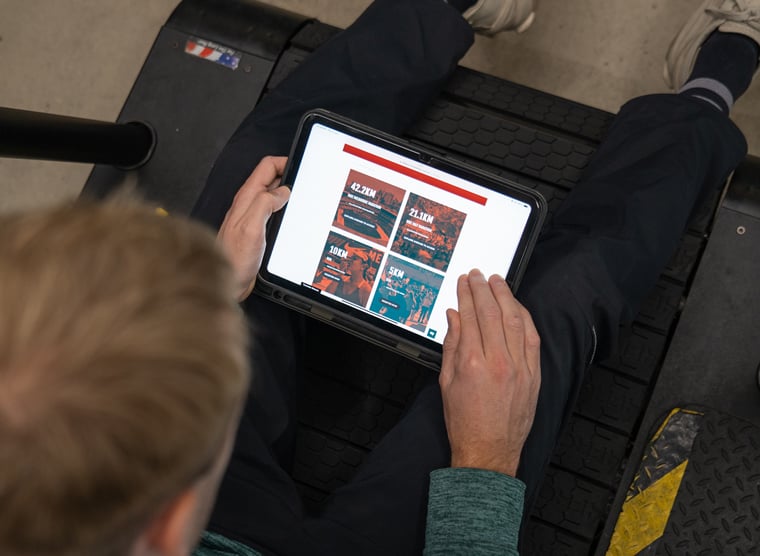
About the author
Nathan Pope - Runner and Shoe Nerd
I'm really passionate about running footwear and how shoes can be used as a tool to get the best of your running, whether that be general fitness or performance.
My favorite event is the marathon. I feel that the marathon is the ultimate test, both physically and mentally. It requires careful planning, both within the race and during the training block, and it can be very satisfying when everything comes together on race day.



